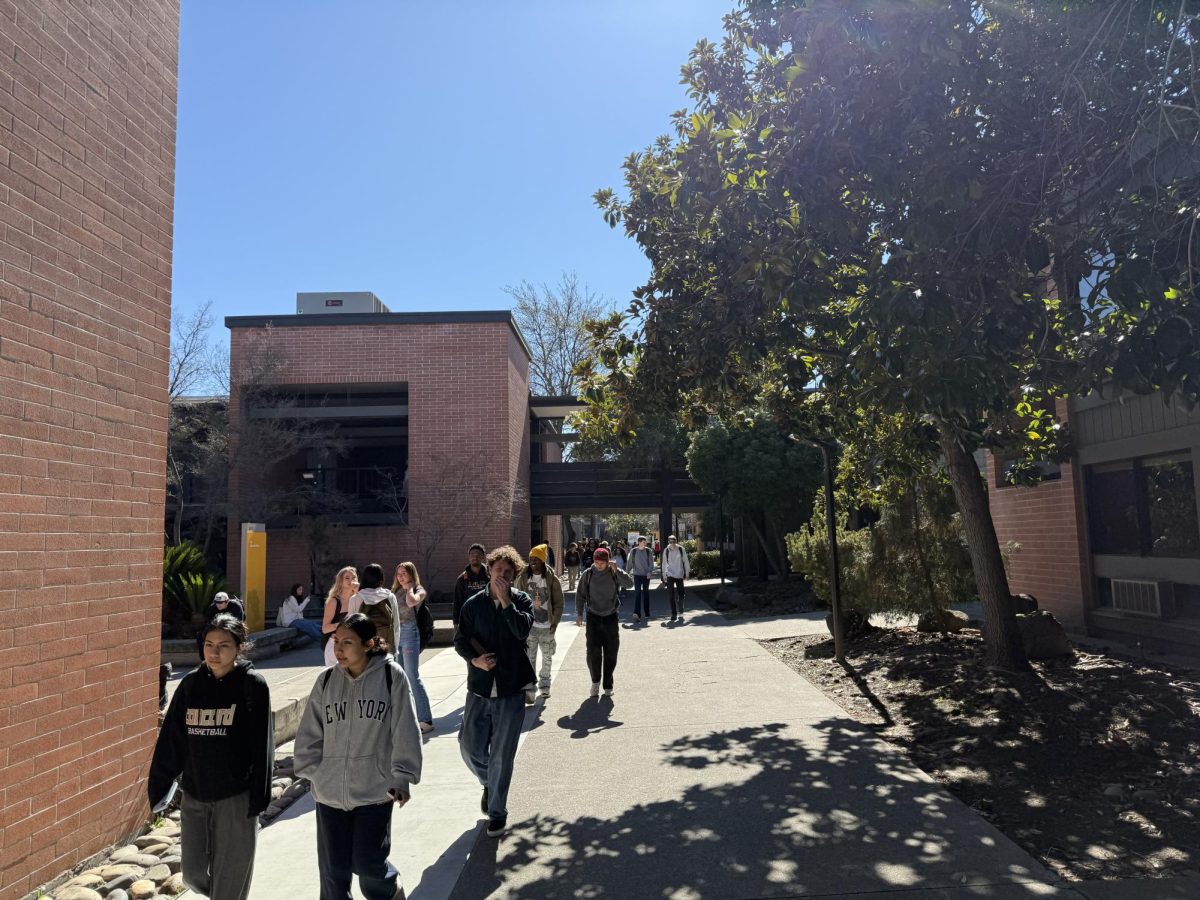Dear Editors,
Beaches in the bay area have become sea lion cemeteries with the rise in deaths due to a deadly bacterial disease called leptospirosis. It is caused by a bacteria called leptospira, and it can be transmitted through cuts and abrasions or when one is in contact with bodily fluid of an infected or dead sea lion.
In 2013 the disease completely disappeared from sea lion populations for about 4 years until its reappearance in 2017. In 2018, The Northcoast Marine Mammal Center published an article on their website about the outbreak recurring, in which they spoke to Dr. Katherine Prager, a veterinarian and associate researcher at UCLA. Prager told the Mammal Center that the unusually warm waters that occurred those years may have changed sea lion behavior and migration patterns which may have resulted in the disappearance of the disease.
Many articles explain the outbreak, but none explain how to help. Rising water temperatures throw their entire lives into a new pattern. If more than one migration pattern is changed, there is more opportunity for sea lions to be closer together than they normally would be, which could result in this bacteria being exchanged at higher rates. More publications need to talk about climate change when talking about leptospirosis in sea lions. As a 21 year old student, I believe my generation is a generation of change. Change starts with recognition of the faults in our patterns and systems; our patterns of life engender the rising temperature of waters. This situation is not left up to those in the ocean, we here on land have a part in this too.
Sincerely,
Jolie Willson








































































